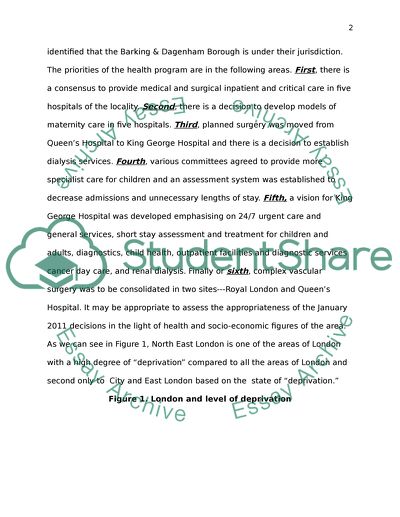Cite this document
(“Deprivation-Related Health Issues in North East London Essay”, n.d.)
Deprivation-Related Health Issues in North East London Essay. Retrieved from https://studentshare.org/sociology/1466706-deprivation-related-health-issues-in-north-east-london
Deprivation-Related Health Issues in North East London Essay. Retrieved from https://studentshare.org/sociology/1466706-deprivation-related-health-issues-in-north-east-london
(Deprivation-Related Health Issues in North East London Essay)
Deprivation-Related Health Issues in North East London Essay. https://studentshare.org/sociology/1466706-deprivation-related-health-issues-in-north-east-london.
Deprivation-Related Health Issues in North East London Essay. https://studentshare.org/sociology/1466706-deprivation-related-health-issues-in-north-east-london.
“Deprivation-Related Health Issues in North East London Essay”, n.d. https://studentshare.org/sociology/1466706-deprivation-related-health-issues-in-north-east-london.


